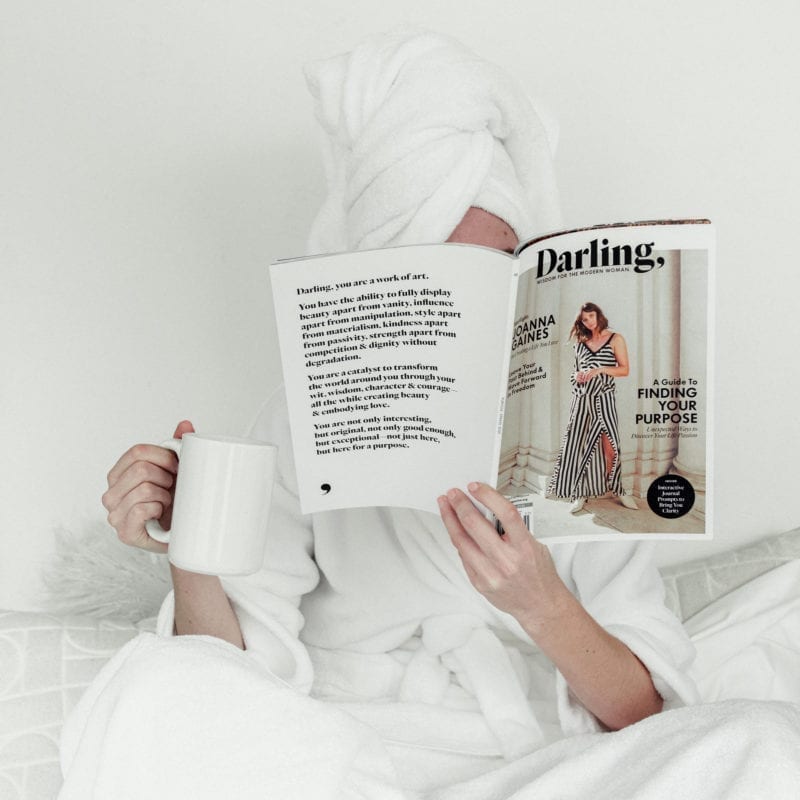Nothing I studied in journalism school could have prepared me for the information ecosystem we find ourselves in today. Ten years later, I’m here to help people make sense of it all as a correspondent at NBC News NOW.
Falsehoods travel six times faster than true information on Twitter. Opinion and commentary are more ubiquitous than unbiased reporting. Anyone with a Wifi connection can call themselves a journalist—whether they have a grasp on sound editorial standards or not.
Truth matters—now more than ever before. Health experts say misinformation is one of the main reasons why we’re struggling to contain the spread of COVID-19 in the U.S. However, when a deluge of convincing falsehoods floods our daily “doom scrolls,” how do we know what to believe? As the author Cory Doctorow writes, “We’re not living through a crisis about what is true. We’re living through a crisis about how we know whether something is true.”
We’re living through a crisis about how we know whether something is true.
The first step toward finding accurate information is learning how to identify what’s fake and why it spreads so easily. Think back to the last time you posted something political online. Maybe it was a meme, an article with an eye-popping headline or a compelling video. How did it make you feel when you first encountered it? It probably struck a chord with you emotionally.
We’re more inclined to share content that makes us feel something. That’s not always a bad thing, but the individuals who create intentionally false and misleading content know a story will gain more traction if it stokes anger or fear. Additionally, if it sounds too good to be true, it usually is.
We’re more inclined to share content that makes us feel something.
It can be tricky to spot this stuff, even for those of us with a trained eye. That’s why it’s so important for all of us to break the chain and do our due diligence before we share. Look out for viral photos—old images are constantly taken out of context and weaponized to spin new narratives. A quick Google search or independent fact-checking website can often clear up falsehoods in a matter of seconds.
You can also learn a lot just by looking at a website’s full URL or “about” page. Imposter sites often attach an extension like “.co” at the end of a legitimate url to impersonate a reliable news outlet. What sources are they citing? Are they interviewing well-respected experts? What are other reputable media outlets saying about the claim in question?
Where we get our news directly impacts our grasp of the facts. Trust in traditional media is declining, while the number of adults getting their news exclusively from social media and YouTube continues to climb. According to a recent study from the Pew Research Center, Americans who get most of their news from social media are less knowledgeable than individuals who consult a range of traditional media sources.
Facebook is a hotbed for misleading health news—websites spreading health misinformation attracted four times the views of top global health agencies. Mounting evidence suggests YouTube’s recommendation algorithm acts as a “radicalization engine,” with the potential to lure some viewers down toxic, extremist rabbit holes.
That’s because the social media platforms that were designed to bring us together are actually driving us further apart. These algorithms increase our engagement by validating our viewpoints and isolating us from people we disagree with. Instead of challenging us, we’re force-fed more of the same.
The social media platforms that were designed to bring us together are actually driving us further apart.
Similar perspectives, similar voices and similar ideas. This exploits a primal instinct to seek out evidence that confirms what we already believe. Psychologists call this “confirmation bias,” and it’s one of the key drivers of the extreme polarization we see today.
The emotional toll of all this is a lot harder to measure. As much as we may want to confront people who are sharing misinformation or conspiracy theories, it’s hard to know how to go about it. After all, it is entirely possible that your friend or family member doesn’t realize they’re being manipulated. When people are grasping for answers during a time filled with so many unknowns, that knowledge gap is fertile ground for far-reaching conspiracy theories that attempt to explain the inexplicable.
The best way to correct falsehoods on your feed isn’t necessarily by exposing them in the comments section. Thanks to another cognitive phenomenon called the “backfire effect,” we tend to double down on our incorrect beliefs even when people challenge them with new evidence. Instead, approaching with genuine concern might yield better results. Keep this line from First Draft News’s course on how to detect misinformation in your back pocket, “Say that you’ve seen others posting the same thing and that you’re worried the people creating it are trying to divide us or scare us.”
We tend to double down on our incorrect beliefs even when people challenge them with new evidence.
While clap backs may feel good in the moment, empathy is the salve that can heal our relational wounds.
Media Literacy Resources
If the media you consume consistently supports one narrative or political party, then it’s time to kick that confirmation bias where it hurts. Follow a few people with perspectives that oppose your own and engage with their content to ensure they’ll appear in your feed.
Download the Flipboard app and create news boards with conflicting perspectives. For example, you might want to create a progressive media board and a conservative media board and compare the two.
The Conversation is a unique, not-for-profit news source that aggregates articles written by academic experts. Authors are only allowed to speak on their specific area of expertise.










